Later Middle English Literature, Materiality, and Culture
Later Middle English Literature, Materiality, and Culture
Essays in Honor of James M. Dean
Edited by Brian Gastle and Erick Kelemen
UNIVERSITY OF DELAWARE PRESS
Newark
Published by University of Delaware Press
Copublished by The Rowman & Littlefield Publishing Group, Inc.
4501 Forbes Boulevard, Suite 200, Lanham, Maryland 20706
www.rowman.com
Unit A, Whitacre Mews, 26-34 Stannary Street, London SE11 4AB
Copyright 2018 by The Rowman & Littlefield Publishing Group, Inc.
All rights reserved . No part of this book may be reproduced in any form or by any electronic or mechanical means, including information storage and retrieval systems, without written permission from the publisher, except by a reviewer who may quote passages in a review.
British Library Cataloguing in Publication Information Available
Library of Congress Cataloging-in-Publication Data Available
Library of Congress Control Number: 2018939167
ISBN 978-1-61149-676-5 (cloth : alk. paper)
ISBN 978-1-61149-677-2 (electronic)
 The paper used in this publication meets the minimum requirements of American National Standard for Information SciencesPermanence of Paper for Printed Library Materials, ANSI/NISO Z39.48-1992.
The paper used in this publication meets the minimum requirements of American National Standard for Information SciencesPermanence of Paper for Printed Library Materials, ANSI/NISO Z39.48-1992.
Printed in the United States of America
Dedication
In Honor of James M. Dean
Thus I, which am a burel clerk,
Purpose for to wryte a bok
After the world that whilom tok
Long tyme in olde daies passed.
Bot for men sein it is now lassed,
In worse plit than it was tho,
I thenke for to touche also
The world which neweth every dai,
So as I can, so as I mai.
John Gower, Confessio Amantis Prol. 5260
Introduction
Brian Gastle and Erick Kelemen
Discussing the dismantling at the end of the Canterbury Tales , James M. Dean writes that his evidence has been aesthetic and thematic rather than textual, but it has been so because I am convinced that the controversy must be debated along both thematic and textual lines. A hallmark of Jim Deans body of scholarly work is that it spans both the aesthetic and the textual, the thematic and the material, acknowledging texts as inseparable, on the one hand, from the material products (that is, the manuscripts) that give access to those texts and, on the other, from the world that produced them. This belief, the breadth of interests, and generosity that animate it all are nowhere more apparent than in the editions and in the students that Jim has prepared. What unifies Jims diverse editions, both the non-canonical texts (in the case of the multiple TEAMS Middle English Texts Series editions) and canonical ones (in the case of his editions of Chaucer for Signet and for Broadview), apart from careful editorial practice and keen annotations, is that they are teaching editions. Jim is always, first and foremost, a teacher. This present celebratory collection of chapters by his students and colleagues reflects Jims characteristic interest in the cultural and material contexts for the literature he so loves, and it aims, too, to serve as a testament to his career as a teacher-scholar.
This interest in both the cultural and material contexts for later medieval literature, especially literature in English, is evident in his monumental 1997 study of the senectus mundi topos, The World Grown Old in Later Medieval Literature . Jims scholarship had long before engaged notions of time in medieval literature and an attention to the end of things, as in his 1977 ELH article, Time Past and Time Present in Chaucers Clerks Tale and Gowers Confessio Amantis . Drawing out the cultural implications of these tropes, such as the eschatological threat the passage of time poses to the extent that time steals our moments from us like a thief in the night, his analyses elucidate the artistic and aestheticbut also the human. At the heart of Jims observations about the senectus mundi topos is the question of how human beings in the Middle Ages understood time, and how they measured themselves against its passing. To understand Amans in the Confessio , Jim argues, we must understand the eschatological progression of time that defines both the individual and the world: The Golden Age may have existed a long time ago, but Amanss prime too has gone the way of all flesh. For Jim, the passage of time in these texts evokes an inherent sadness, as the world decays inexorably from the Golden Age, and a redeeming and a healing function that stems from the temporality of Christ entering time, ensuring that man can reform and renew himself spiritually, in time. This redemption is, in the case of the Confessio Amantis , performative, since The Confessio , more than most medieval narratives, is a temporal phenomenon. It takes a long time to read or listen to the work; and like Amans we become educated as to the nature of love and sin within a certain space of time. Those who know Jim will recognize his characteristic companionable humor here, calling John Gowers voluminous Confessio a temporal phenomenon, a joke Gower himself shared when he referred to his work in a marginal gloss as libellum (little book) and as opusculum (little work).
Jims own oeuvre could hardly be described as little, either in volume or in importance. His almost two dozen essays and book chapters have appeared in the most prestigious venues in the field, from Speculum , to The Chaucer Review , to Studies in Philology , to PMLA . Jim co-edited with Donald Howard, his teacher at Johns Hopkins, The Canterbury Tales and Troilus and Criseyde for the Signet Classic poetry series. Jims editions for TEAMS ( Medieval Political Writings , Richard the Redeless and Mum and the Sothsegger , and Six Ecclesiastical Satires ) present less-well-known but highly evocative medieval English writings in particularly student-friendly ways. Recently, Jim has returned to editing Chaucer with an entirely new Troilus for Broadview, a best-text edition like his earlier edition of The Canterbury Tales , an editorial strategy that presents subtle but profound challenges for the Troilus edition and for any editor of Troilus . In an age when editorial work seems to count less with committees and in the public eye, Jims careful and painstaking efforts to make these texts accessible to students is noteworthy.
As with his editorial efforts, Jim has often focused his scholarship on Chaucers works, and that scholarship has been capacious, arguing such varied questions as whom to credit for creating the rhyme royal stanza form and how to gauge the sincerity of Chaucers Retraction at the end of the Canterbury Tales . One testament to the import of Jims scholarship is his foray into this, one of the most contentious issues in Chaucer studies: how to understand the ending of The Canterbury Tales and Chaucers Retraction . Beginning with his 1979 The Ending of the Canterbury Tales , and continuing in his provocative 1985 PMLA article Dismantling the Canterbury Book, Jim argues that the subject matter of the closing of The Canterbury Tales is not love and Gods providence (or ones self-appointed fate) but rather goostly matters and what it means to be human. These essays argue for the sincerity of the closing of the Canterbury Tales , for understanding the last tales and the retraction as a moment where we have access (in a way we see nowhere else in his poetry) to Chaucer the poet. This reading does not discount the rhetorical function of such retractions, nor the traditions from whence it comes; rather, it asks readers to recognize the unaffectedness of the statements regarding the poets contrition, allowing us to engage with the retraction as both a trope and a sincere expression of Chaucers consideration of his own body of work. Such an understanding of the tales that organize the closing of the Canterbury book derives as well from an understanding of the textual issues at work as from a humane sense of the functions of authorship and literature. As with all of Jims editorial and critical work, his argument here is consistently informed by the material and cultural context of the literature he studies, an interest in the stylistic, historical, cultural, and ideological issues at work in the production of those texts.
Next page
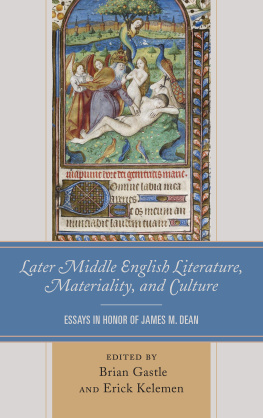
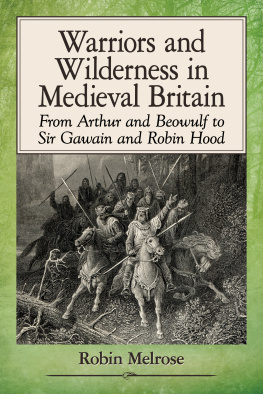
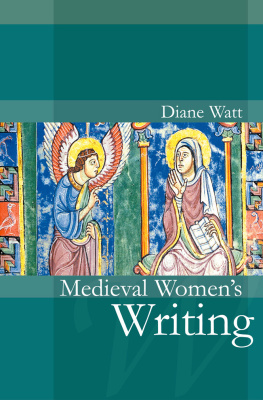
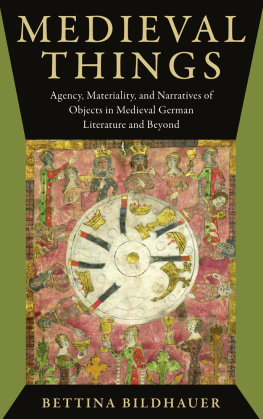

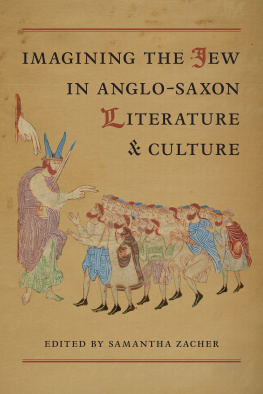
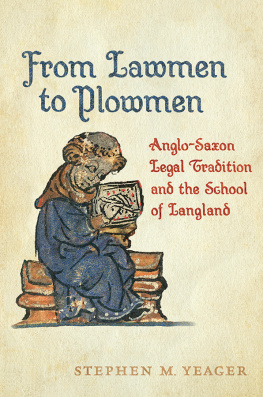
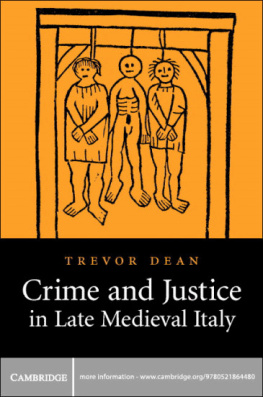
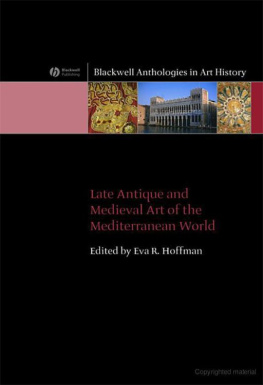
 The paper used in this publication meets the minimum requirements of American National Standard for Information SciencesPermanence of Paper for Printed Library Materials, ANSI/NISO Z39.48-1992.
The paper used in this publication meets the minimum requirements of American National Standard for Information SciencesPermanence of Paper for Printed Library Materials, ANSI/NISO Z39.48-1992.